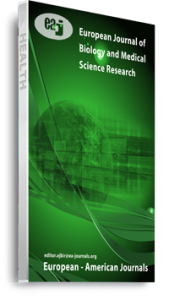Approximately 185,000 amputations occur in the United States each year, and the number of amputations is much higher in the developing world. Though a generic prosthetic can restore some functionality, they are impersonal and a relatively poor fit may create an uncomfortable feeling. The purpose of this study is to compare the gap volume of custom casts created through photogrammetry and FDM rapid-prototyping of ipsilateral versus mirrored contralateral extremities. Based on the results of this study, the 3D-Scanning/CAD Modeling/3D-printing process offers a significant improvement over the current cast/ prosthetic production method for the rate of production, cost, comfort, subject satisfaction, material quality, and could be incorporated in small clinic settings for usage with minimal resource investment.
Keywords: Cast, FDM rapid-prototyping, mirrored extremities, photogrammetry, prosthetic

